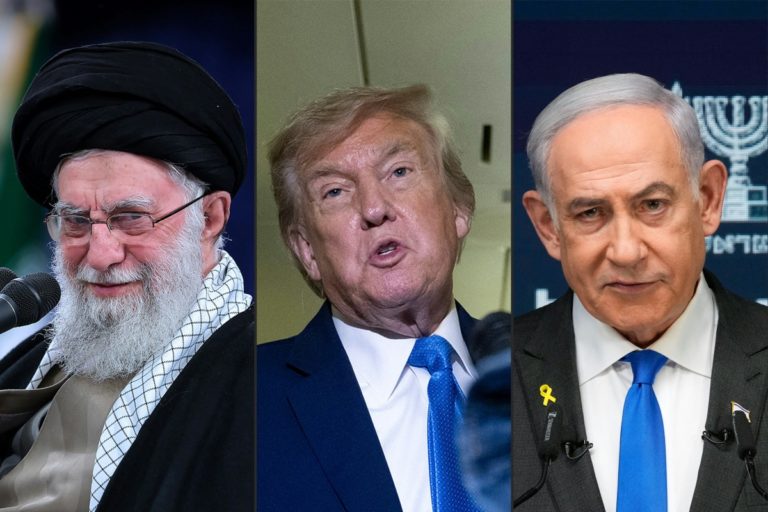A classified U.S. intelligence assessment has contradicted former President Donald Trump’s assertion that recent airstrikes “completely destroyed” Iran’s nuclear program, revealing instead that the damage inflicted was significant but not permanent.
According to sources familiar with the Defense Intelligence Agency’s (DIA) preliminary report, the strikes—launched over the weekend by American forces—only delayed Iran’s nuclear activities by a few months. The findings, first reported by U.S. media, indicate that while some entrances to nuclear facilities were sealed, the underground infrastructure and stockpiles of enriched uranium remained largely intact.
This narrative stands in stark contrast to Trump’s public remarks. Posting in all caps on his Truth Social platform, the former president declared: “THE NUCLEAR SITES IN IRAN ARE COMPLETELY DESTROYED!” Trump accused media outlets such as CNN and The New York Times of attempting to downplay the operation’s success and undermine the U.S. military.
White House Press Secretary Karoline Leavitt confirmed that the DIA report exists but dismissed it as “flat-out wrong.” She criticized its leak to the press, labeling it an attempt to discredit the administration’s handling of the conflict. “Everyone knows what happens when you drop fourteen 30,000-pound bombs perfectly on their targets: total obliteration,” she posted on X.
Meanwhile, Trump’s special envoy to the Middle East, Steven Witkoff, defended the military strikes on Fox News, stating that the nuclear facilities at Natanz, Isfahan, and Fordo had been “obliterated.” He claimed that most centrifuges were damaged or destroyed and predicted it would take Iran years to rebuild its capabilities.
Over the weekend, the United States deployed B-2 stealth bombers to hit two of the nuclear sites using GBU-57 bunker-buster bombs, while a guided missile submarine fired Tomahawk cruise missiles at a third location. The operation involved more than 125 military aircraft, including aerial refuelers and surveillance drones.
Despite the show of force, Iran’s Atomic Energy Organization stated that contingency plans were already in place to resume operations. “Our strategy is to ensure that production and services are not disrupted,” said the agency’s chief, Mohammad Eslami, in a televised address.
A senior aide to Iran’s Supreme Leader Ayatollah Ali Khamenei added that Iran still possesses significant amounts of enriched uranium, stressing that “the game is not over.”
The strikes followed weeks of failed diplomatic efforts by Trump to renegotiate a nuclear agreement with Tehran, which he had previously dismantled during his presidency in 2018. Ultimately, the administration opted for a military solution, culminating in what Trump described as a “spectacular military success.”
While U.S. Defense Secretary Pete Hegseth echoed Trump’s confidence, describing the operation as having “devastated the Iranian nuclear program,” top military commander General Dan Caine struck a more measured tone, stating only that the facilities sustained “extremely severe damage.”
The scale of the assault, combined with conflicting narratives from both sides, has left analysts questioning how much Iran’s nuclear ambitions have truly been curtailed—and for how long.





